Home>Ideas and Tips>Indoor Jungle: Bringing Nature Home
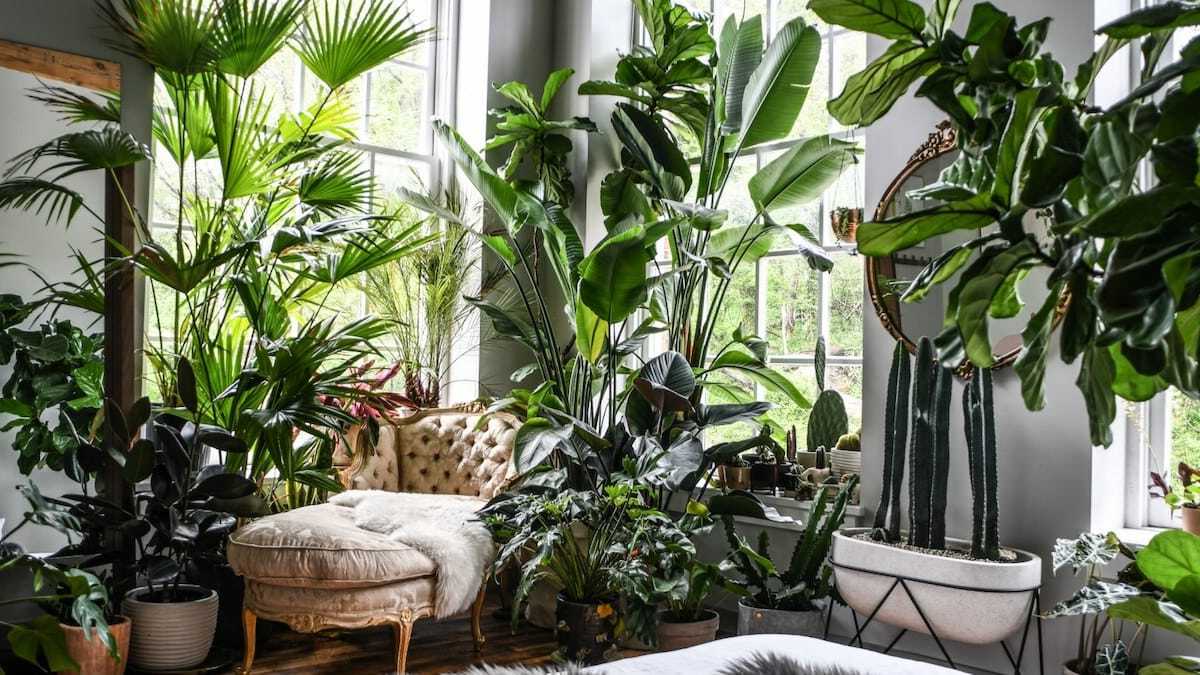

Ideas and Tips
Indoor Jungle: Bringing Nature Home
Published: October 21, 2024
Create a vibrant indoor jungle to beautify your home and improve well-being. Learn how to choose, care for, and design with native plants.
(Many of the links in this article redirect to a specific reviewed product. Your purchase of these products through affiliate links helps to generate commission for Storables.com, at no extra cost. Learn more)
In today's fast-paced urban lifestyle, it's easy to feel disconnected from the natural world. However, there is a simple yet powerful way to bring nature back into our homes: by cultivating an indoor jungle. This concept is not just about adding a few plants to a corner of your living room; it's about creating a vibrant, thriving ecosystem that not only beautifies your space but also provides numerous health benefits and a deeper connection to the environment.
The Importance of Indoor Plants
Indoor plants have long been recognized for their aesthetic value, but their benefits extend far beyond mere decoration. Studies have shown that actively engaging with plants indoors can have a significant impact on both physical and mental well-being. For instance, plants help purify the air by removing toxins and pollutants, improving the quality of the air we breathe. This is particularly important in urban environments where air pollution is a significant concern.
Moreover, the process of caring for plants can be therapeutic. It encourages mindfulness and focus, providing a calming influence on the mind and body. As Hilton Carter notes, "having this living thing in your home, making you focus on the daily caring of something that you’re now bonded to" can be incredibly meditative. This bond between the caregiver and the plant fosters a sense of responsibility and connection, which can be particularly beneficial in today's fast-paced world.
Read more: Bring Nature Indoors With Indoor Jungle Tips
The Evolution of Indoor Gardening
Historically, indoor plants were often relegated to complementing the domestic environment rather than defining it. They were seen as furnishings rather than collections unto themselves. However, with the rise of urban gardening and the growing awareness of environmental issues, indoor plants have become more than just decorative items. They are now integral components of our living spaces, reflecting our desire to reconnect with nature.
The concept of "house/plant ecology" suggests a more formal understanding of this relationship. This approach emphasizes the importance of each plant having its own distinct space without overlap, allowing each one to shine individually rather than blending into a green collage. This style is often referred to as "formal" and is characterized by its cleanliness and tidiness.
On the other hand, those who prefer a more jungle-like aesthetic see plants as an integral part of their indoor landscape. They believe that plants should be allowed to grow and thrive without being confined to specific spaces, creating a lush and vibrant environment that mirrors the natural world.
The Benefits of Native Plants
When it comes to creating an indoor jungle, choosing native plants is crucial. Native plants are those that are indigenous to your region and have evolved over time to thrive in local conditions. They require less maintenance and are more likely to attract beneficial insects and pollinators, which can help maintain a balanced ecosystem within your home.
Doug Tallamy, an advocate for native plants, emphasizes the importance of bringing nature home through the use of native species. In his book "Bringing Nature Home," Tallamy argues that by incorporating native plants into our gardens and landscapes, we can collectively start to reverse the alarming decline of biodiversity. This approach not only benefits the environment but also provides a more sustainable solution for urban gardening.
Creating Your Indoor Jungle
Step 1: Choose the Right Plants
Selecting the right plants is essential for creating a thriving indoor jungle. Consider factors such as lighting, temperature, and humidity levels in your home. Some plants are more adaptable than others and can thrive in low-light conditions, making them perfect for rooms with limited natural light.
For example, plants like snake plants (Sansevieria Trifasciata) and spider plants (Chlorophytum comosum) are known for their ability to purify the air and can tolerate low light. On the other hand, plants like peace lilies (Spathiphyllum wallisii) and dracaena (Dracaena spp.) prefer well-draining soil and moderate to bright light.
Read more: 5 Simple Ways To Bring Nature Indoors
Step 2: Provide Proper Care
Once you've selected your plants, it's crucial to provide them with proper care. This includes watering, fertilizing, pruning, and repotting as needed. Overwatering is a common mistake that can lead to root rot and other problems. It's essential to check the soil moisture regularly and water only when necessary.
Fertilizing your plants regularly will help them grow strong and healthy. However, avoid overfertilizing as this can damage the roots and affect the plant's overall health. Pruning helps maintain the shape of your plants and encourages new growth. Repotting should be done every few years when the plant has outgrown its container.
Step 3: Design Your Space
The design of your indoor jungle is just as important as the plants themselves. Consider creating different zones within your space to accommodate various types of plants. For example, you might have a low-light zone for plants that prefer shade and a bright-light zone for those that thrive in direct sunlight.
Using planters of different sizes and shapes can add visual interest to your space while also providing each plant with its own distinct environment. Avoid overcrowding your space as this can lead to competition among plants for resources like water and nutrients.
Navigating the Urban Jungle
Creating an indoor jungle is not without its challenges. One of the biggest concerns is maintaining a balance between aesthetics and practicality. While it's tempting to let your plants grow wild and free, it's important to remember that they are living organisms that require care and attention.
The BBC article "Why living with and tending plants is good for you" highlights the benefits of actively engaging with plants indoors but also acknowledges the potential pitfalls of overindulgence. It emphasizes the importance of finding a balance between enjoying the beauty of plants and maintaining a tidy environment.
Conclusion
Creating an indoor jungle is more than just adding some greenery to your home; it's about fostering a deeper connection with nature and improving your overall well-being. By choosing native plants, providing proper care, and designing your space thoughtfully, you can create a thriving ecosystem that not only beautifies your home but also contributes to a more sustainable future.
As George Carlin once said, "A house is just a pile of stuff with a cover on it." But with an indoor jungle, that pile of stuff becomes a vibrant tapestry of life and beauty, reminding us that even in the midst of urban chaos, we can always find peace and tranquility by bringing nature home.
References:
- Doug Tallamy, Bringing Nature Home: The Importance of Native Plants (2022)
- Growing A Greener World, Episode 620 – Bringing Nature Home (2015)
- DeGrandpre F&N, Navigating the Urban Jungle (2021)
- Cultivating Place, Bringing Nature Home – An Ongoing Entreaty with Doug Tallamy (2017)
- Timber Press, Bringing Nature Home by Douglas W. Tallamy
Was this page helpful?
At Storables.com, we guarantee accurate and reliable information. Our content, validated by Expert Board Contributors, is crafted following stringent Editorial Policies. We're committed to providing you with well-researched, expert-backed insights for all your informational needs.
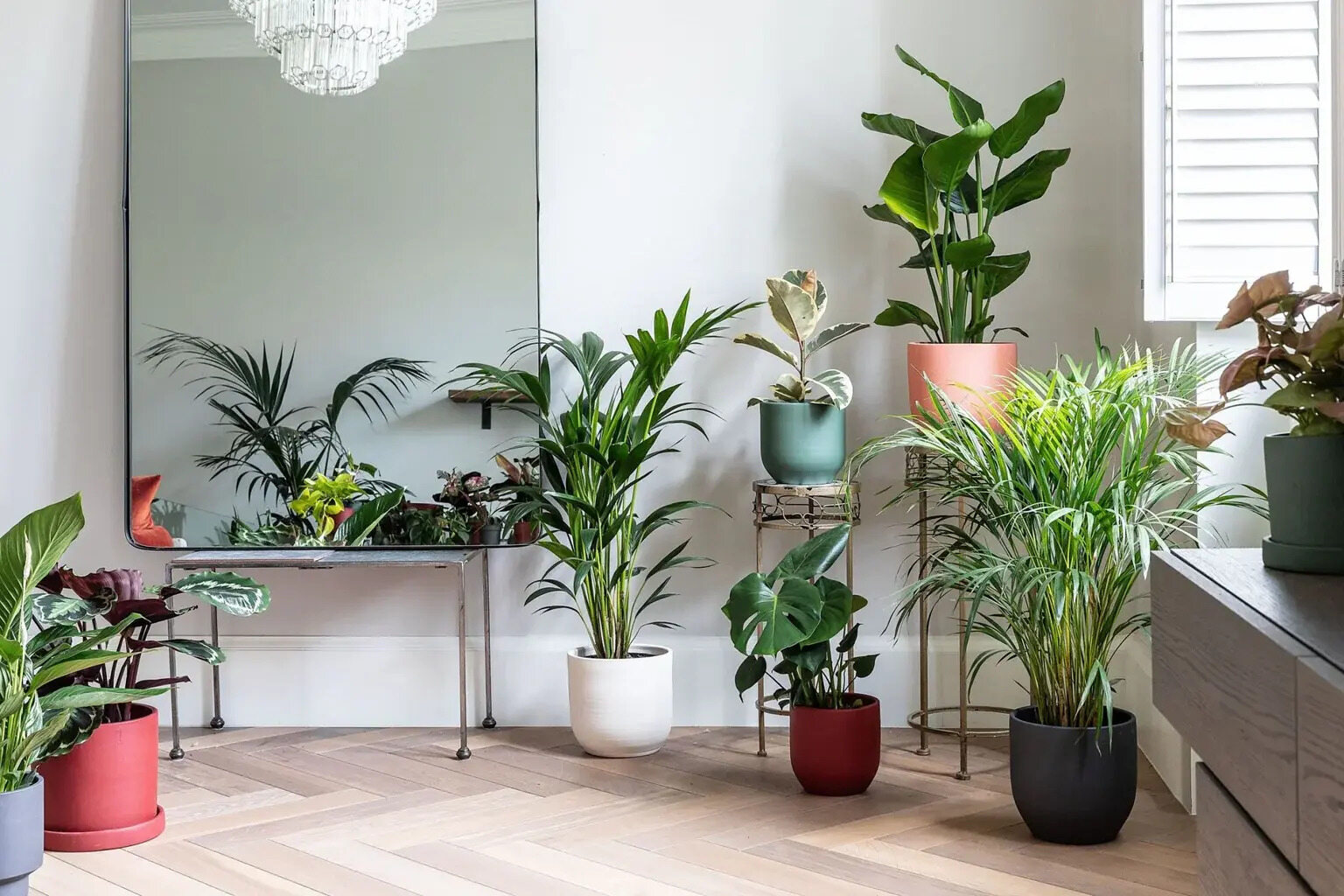
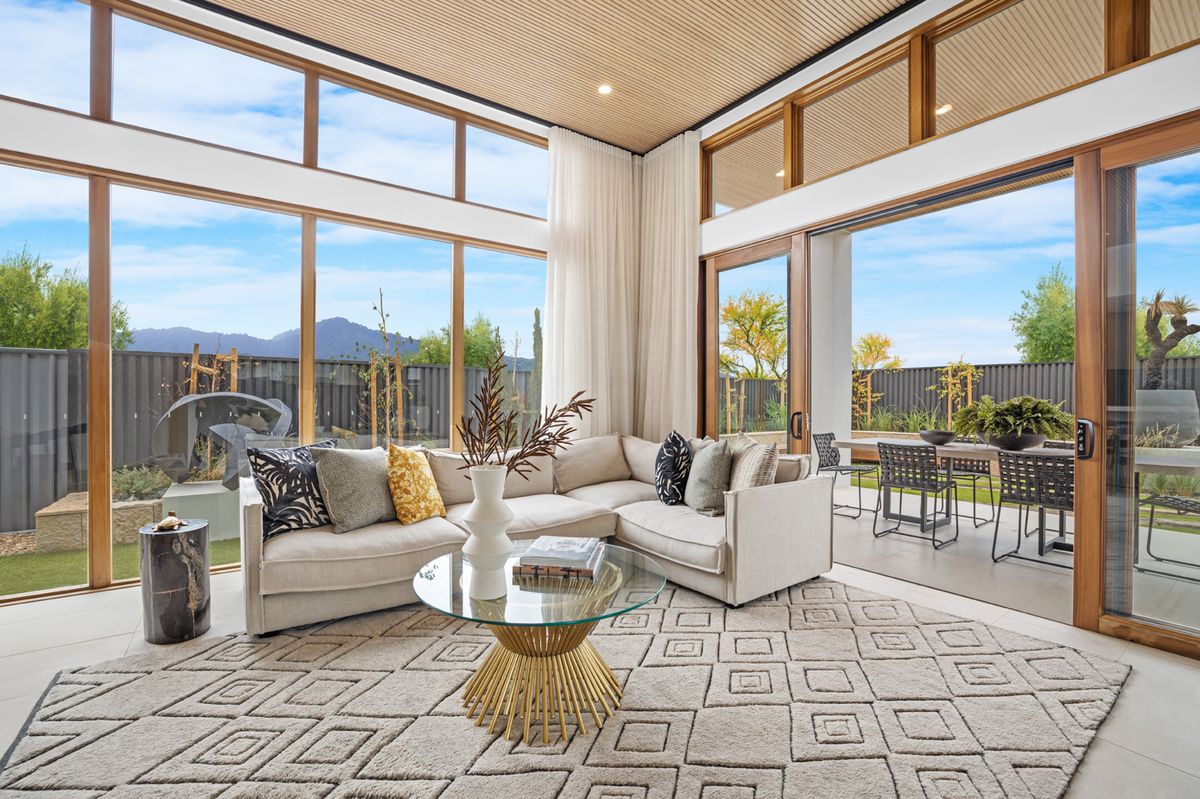
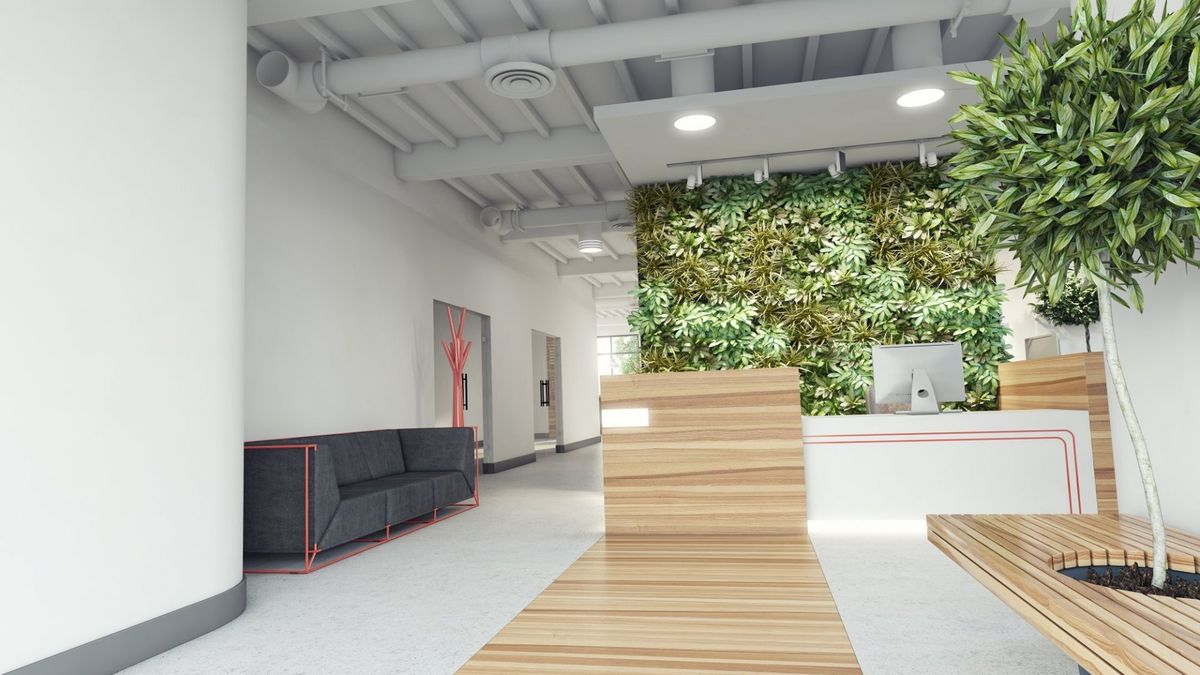
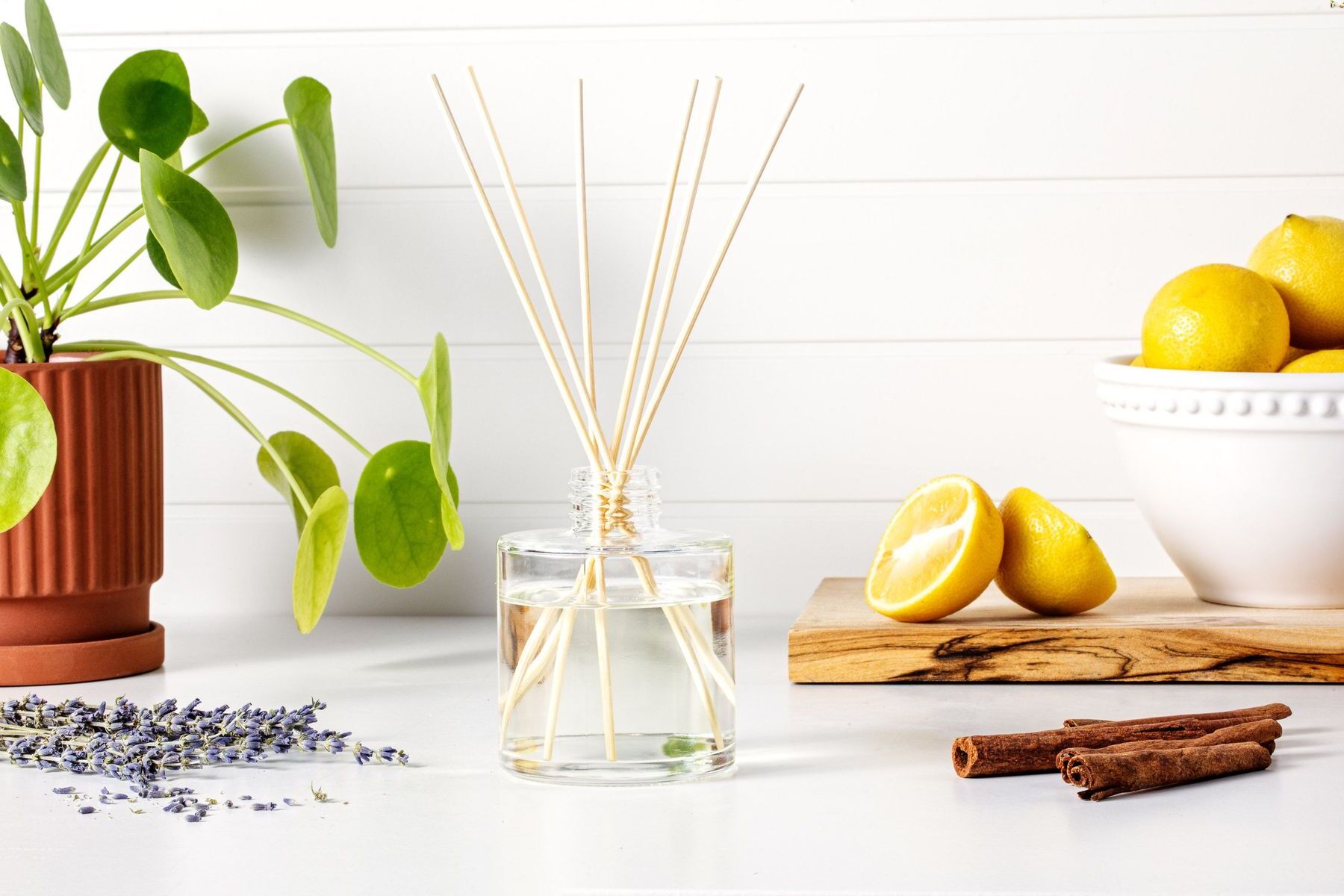
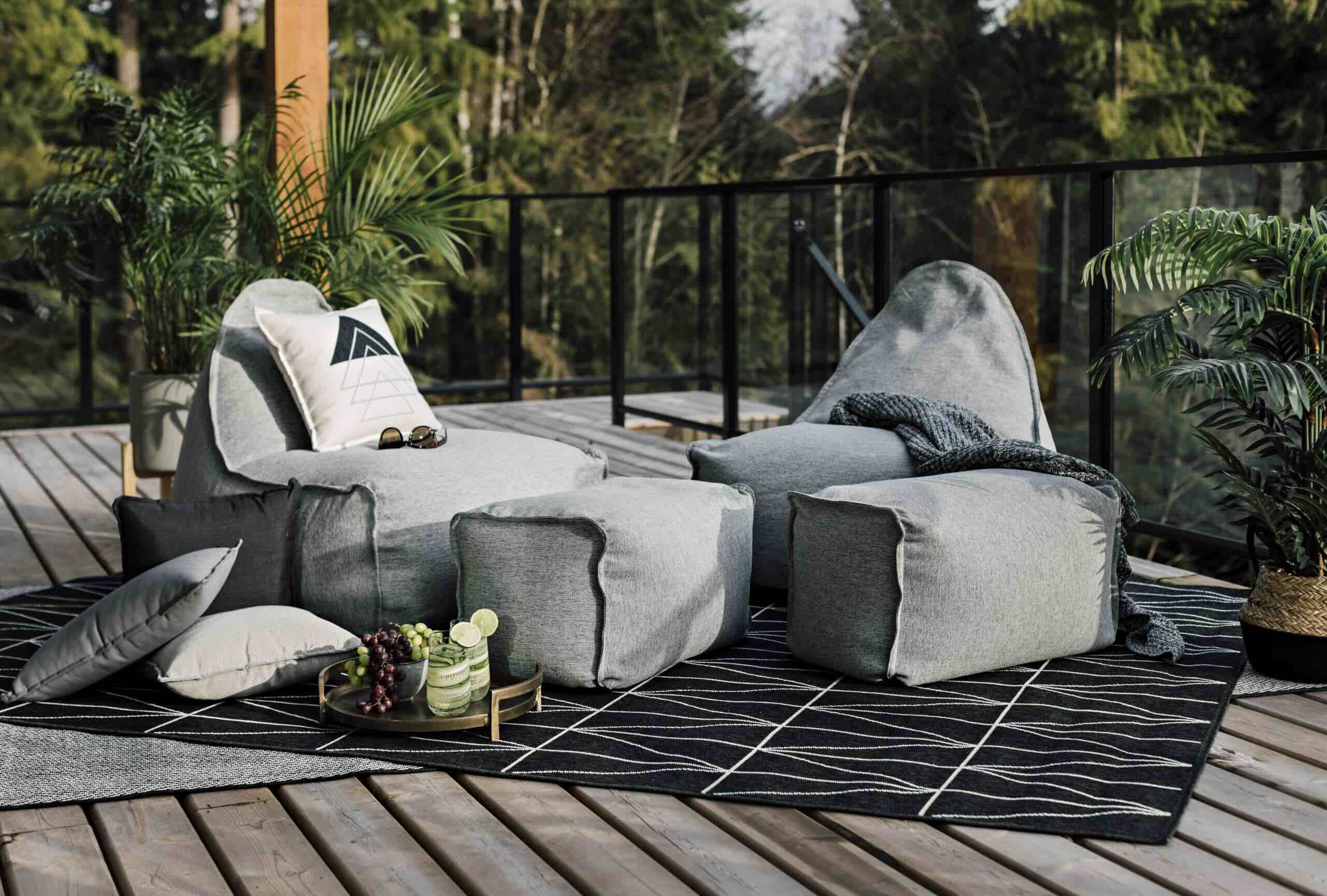
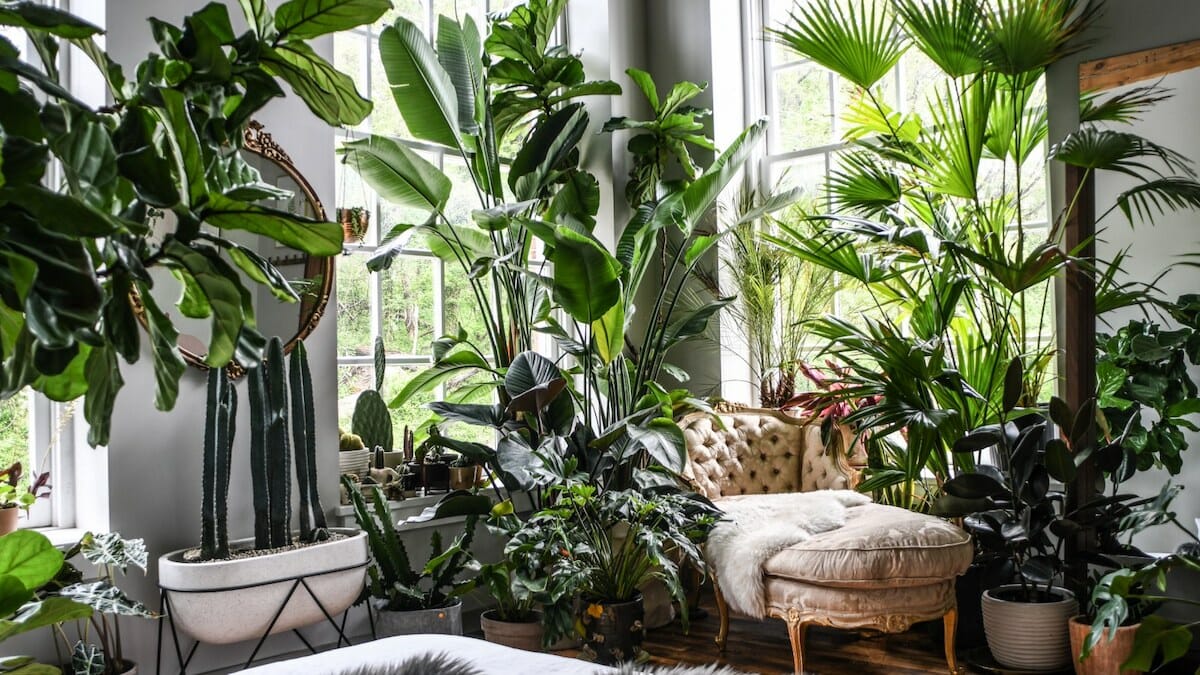

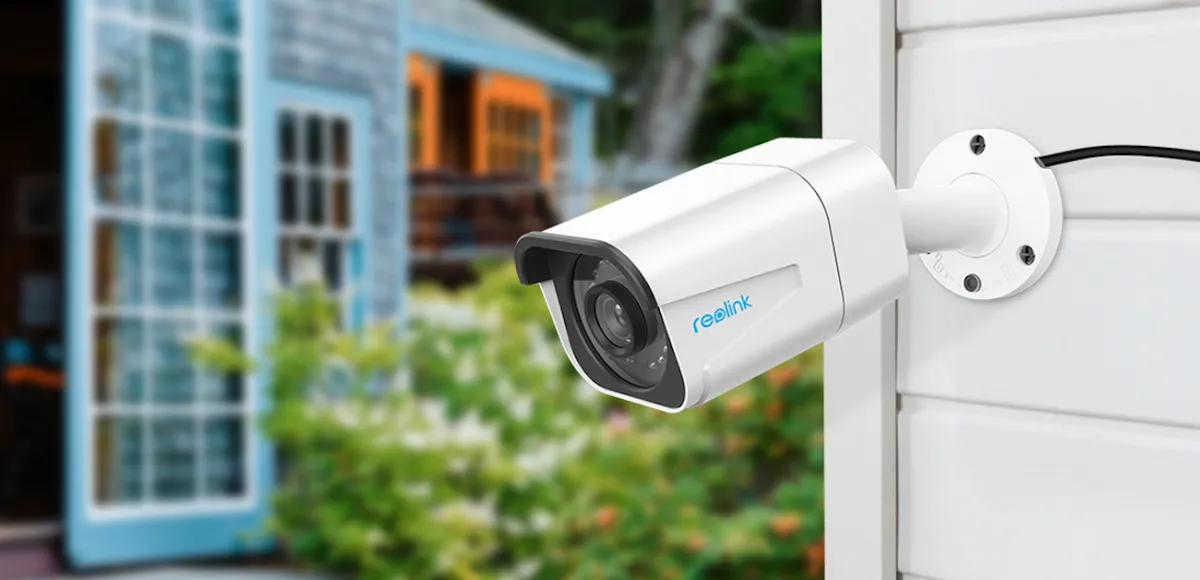
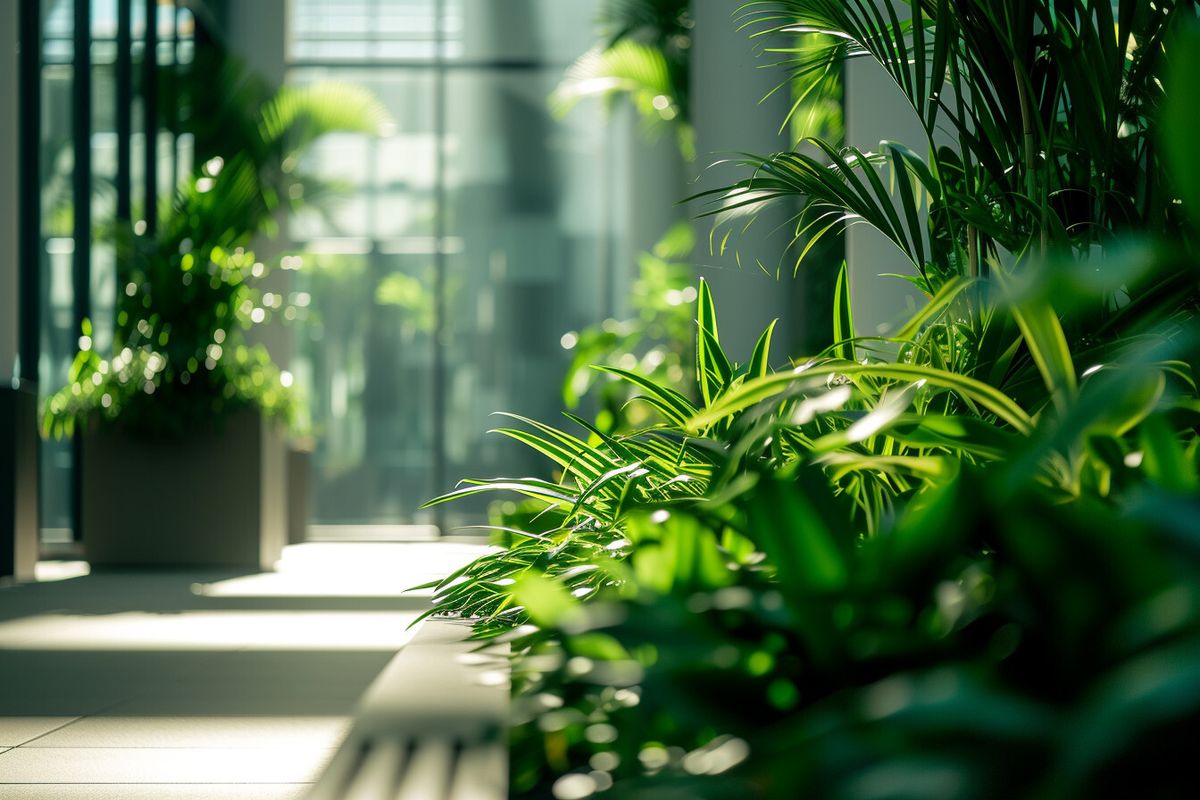

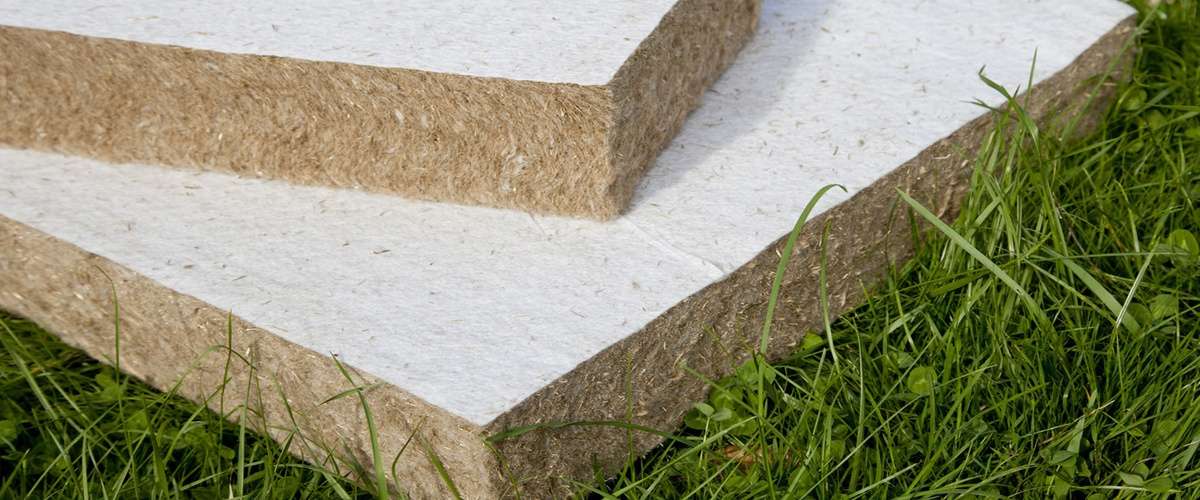
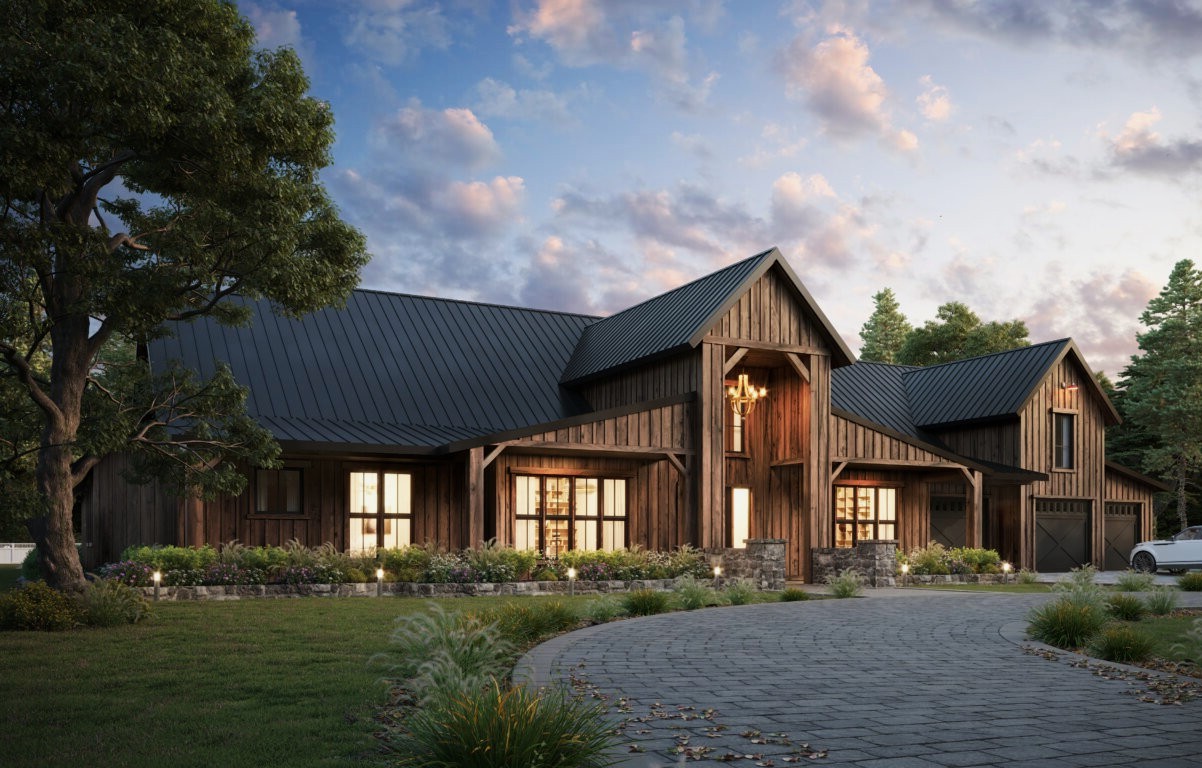
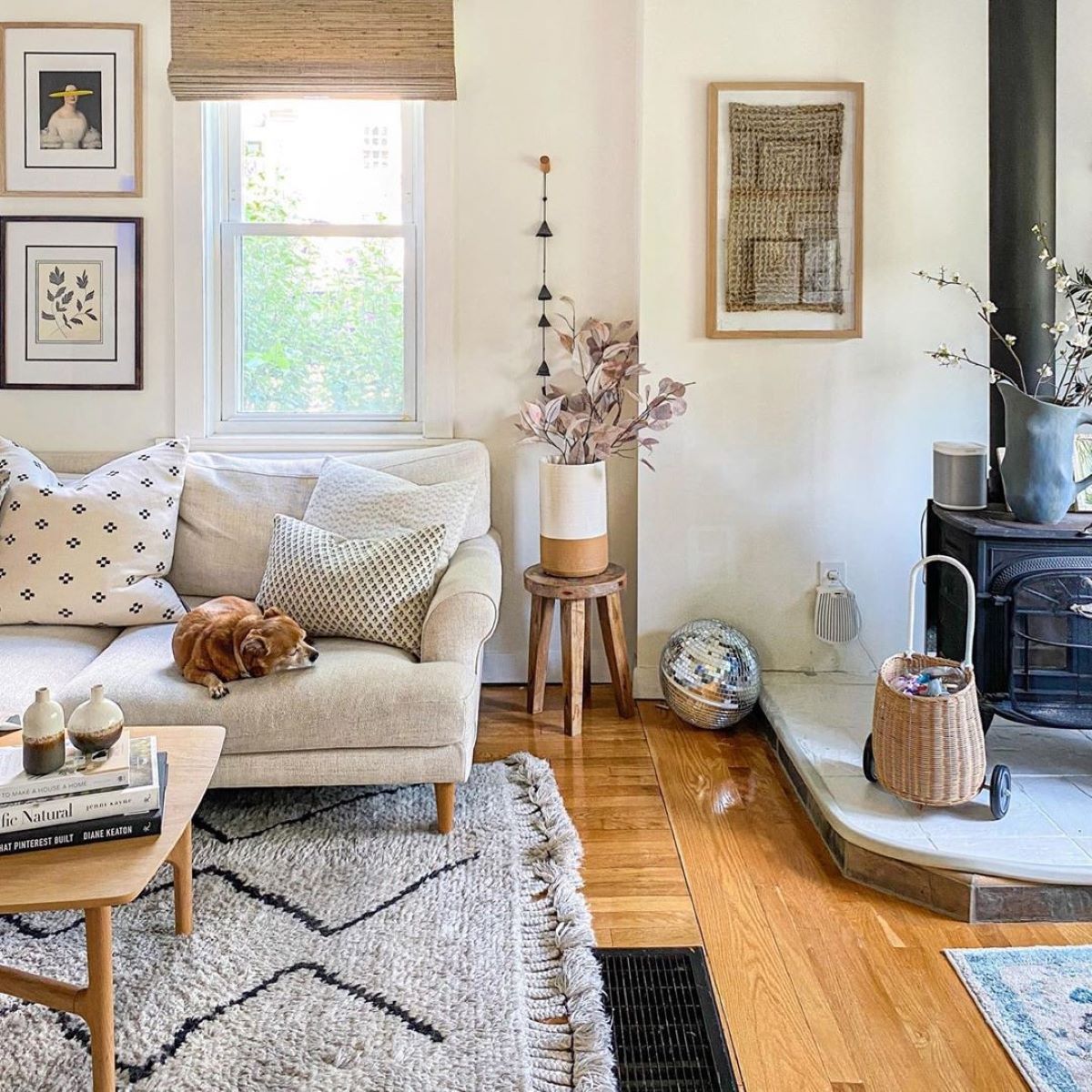

0 thoughts on “Indoor Jungle: Bringing Nature Home”